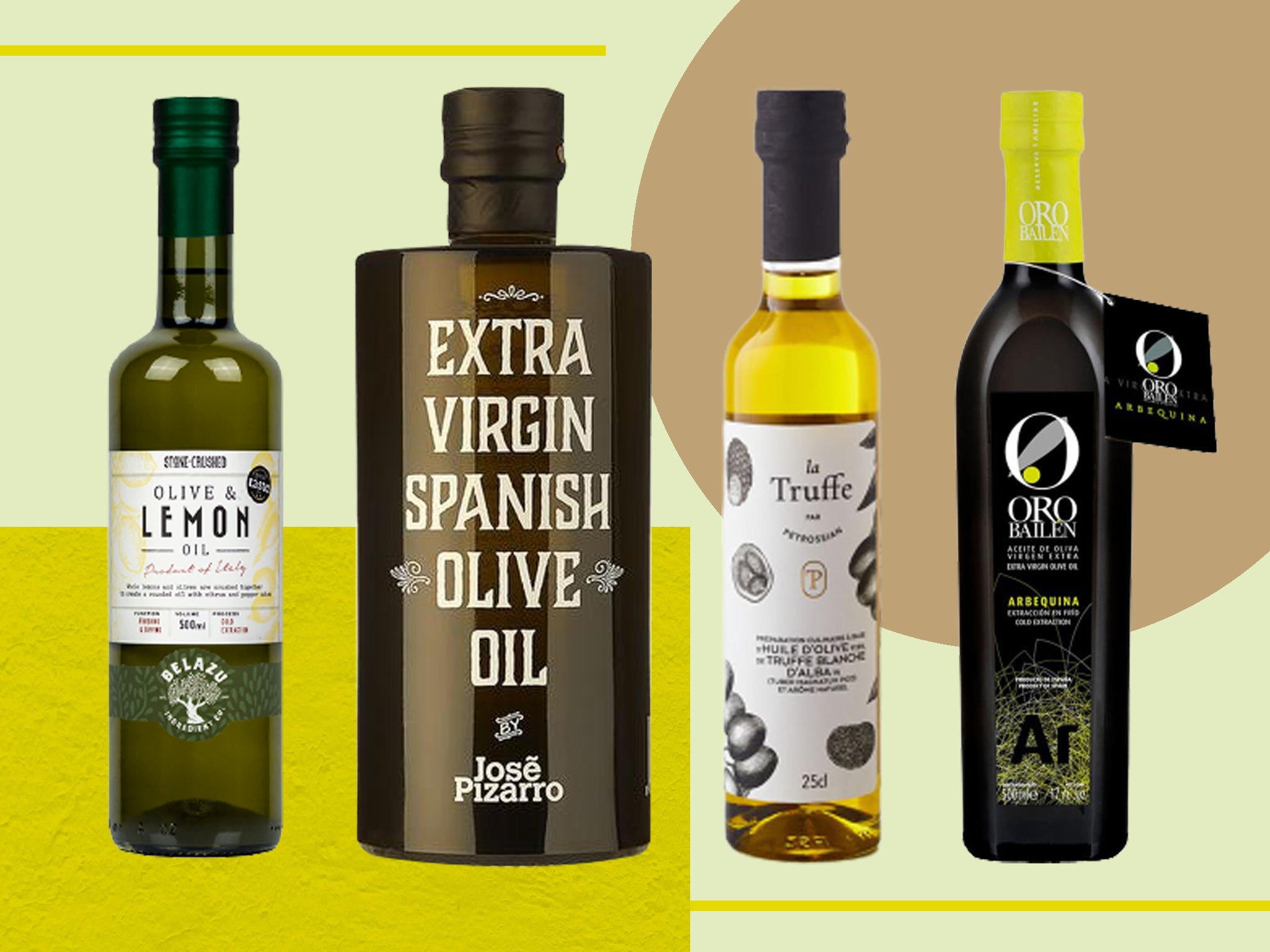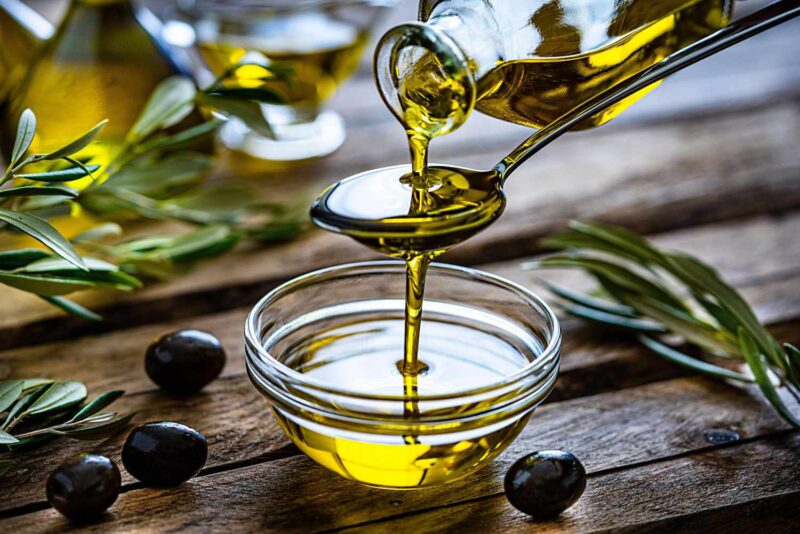Taste the best Italian olive oils as you explore the journey from farm to table. Discover how these unique and flavorful oils are crafted with care by local farmers in Italy, who take great pride in selecting only the finest olives for their products. Learn about the various types of olives used to create different flavors, each possessing its own distinct qualities that bring out the best in your cooking.
Uncover hidden gems that provide a rich and nuanced flavor profile that cant be found anywhere else and tantalize your taste buds like never before! From robust extra virgin olive oil to milder blends, theres something for every discerning palate. Let us guide you through this delicious exploration and uncover why Italian olive oil is so highly sought-after around the world!
Understanding the Different Varieties and Grades of Olive Oil

Olive oil is a staple of Italian cuisine, but understanding the different varieties and grades can be daunting for even experienced cooks. Many are aware of extra-virgin olive oil as the highest grade, yet many countries have their own standards for grading olive oils from milder to stronger flavors. Knowing what kind to use in which dishes is essential in order to create the best flavor. Extra-virgin olive oil has been made using only mechanical means with no chemical treatments used during processing or extraction and it must meet certain acidity levels set by international standards.
It has a strong aroma and taste that adds depth and complexity when used correctly in dishes like dressings, marinades, pastas and salads.The second grade is virgin olive oil which also uses mechanical processes but may have higher acidity levels than extra-virgin oils; this type should be used sparingly due to its intense flavor profile.
Lower quality grades such as lampante (or lamp) are not suitable for consumption but instead are used mainly in soaps or other industrial products where it might deliver some benefit without compromising safety regulations or food laws. In addition to these classifications there is also a wide variety of regional styles available ranging from light fruity ones found on Tuscanys coastlines all the way up north where more robust tastes come into play with blends featuring herbs native to Umbria and Marche regions – each region providing its own unique flavors that enhance whatever dish theyre part of!
Exploring Regional Flavors and Production Techniques
The flavors of Italian olive oil vary depending on the region, as well as methods of production. From fruity and light to robust and intense, each type has its own unique characteristics that make it suitable for different culinary creations. Exploring regional flavors and production techniques is essential in finding the best Italian olive oils for discerning palates. In Northern Italy, some of the most sought-after varieties come from Tuscany and Liguria. Olives grown in these regions often produce a lighter flavor profile with subtle hints of herbs or nuts.
Additionally, many producers use cold pressing techniques to retain more delicate aromas in their oils. This also results in a smoother texture that adds depth to any dish without overpowering other ingredients. Heading southward into Central Italy, you’ll find bolder options like those produced around Umbria or Le Marche where olives are harvested later than usual resulting in richer flavor profiles with peppery undertones perfect for drizzling over dishes like bruschetta or salads. Traditional production methods such as stone mill grinding add an extra layer of complexity to these oils making them ideal choices for savoring on their own alongside fresh breads and cheeses.
Finally, down South there are plenty of robust offerings from Puglia that feature earthy notes stemming from olives being picked at peak ripeness before undergoing cold extraction processes producing strong tasting oils fit for grilling vegetables or finishing off pasta sauces . Every region offers something unique when it comes to authenticity and quality so take your time exploring various areas until you find what suits your palate best!
Selecting the Best Italian Olive Oils for Your Discerning Palate
 When it comes to selecting the best Italian olive oil for a discerning palate, there are many factors to consider. First, one should evaluate the quality of the olives – their size and ripeness will determine how sweet or bitter they taste. Second, look at where the olives are sourced from and choose an oil that is produced in renowned regions like Tuscany or Puglia. Thirdly, ensure that you select extra virgin olive oils made with traditional techniques as these will be more flavourful than those processed using modern methods. Finally, take note of any awards or certifications given to particular brands as these can help narrow your search for truly exceptional oils! With this knowledge in hand, you’ll be able to find an Italian olive oil perfect for your palate – so don’t wait any longer and start exploring today!
When it comes to selecting the best Italian olive oil for a discerning palate, there are many factors to consider. First, one should evaluate the quality of the olives – their size and ripeness will determine how sweet or bitter they taste. Second, look at where the olives are sourced from and choose an oil that is produced in renowned regions like Tuscany or Puglia. Thirdly, ensure that you select extra virgin olive oils made with traditional techniques as these will be more flavourful than those processed using modern methods. Finally, take note of any awards or certifications given to particular brands as these can help narrow your search for truly exceptional oils! With this knowledge in hand, you’ll be able to find an Italian olive oil perfect for your palate – so don’t wait any longer and start exploring today!


